From Treasury to Tragedy: Government’s $2 Million Lavish Restoration of Historic Treasury Building Raises Eyebrows and Questions
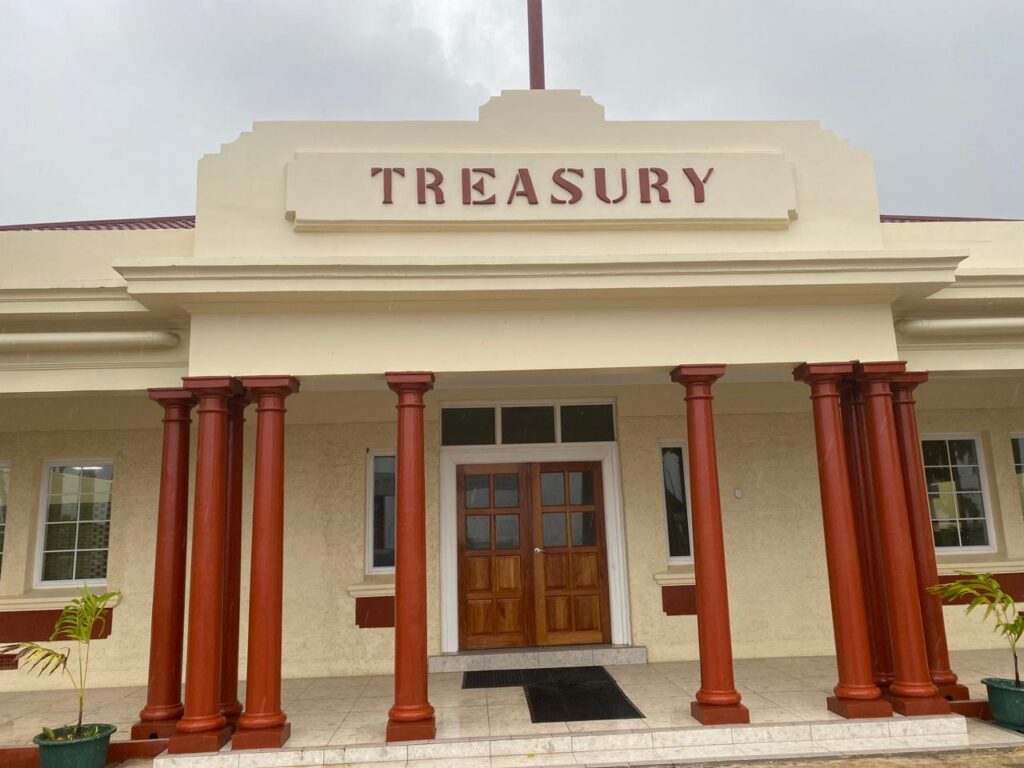
The Tongan government’s expenditure of more than $2 million on the “renovation” of the old Treasury building has raised significant concerns about its approach to architectural preservation and public fund allocation. Rather than enhancing the building’s architectural beauty and functionality, the project appears to reveal a lack of classical architectural expertise and a propensity for vanity projects that exacerbate existing issues.
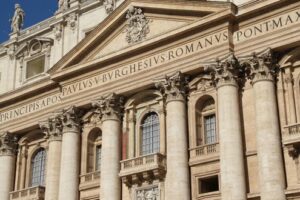 The building’s neo-baroque style, reminiscent of British imperial colonial architecture found throughout the empire, features signature clay red roofs and white/off-white elements. The paired columns draw parallels to Claude Perrault’s Palladian colonnade on the easternmost wing of the Louvre Museum.
The building’s neo-baroque style, reminiscent of British imperial colonial architecture found throughout the empire, features signature clay red roofs and white/off-white elements. The paired columns draw parallels to Claude Perrault’s Palladian colonnade on the easternmost wing of the Louvre Museum.
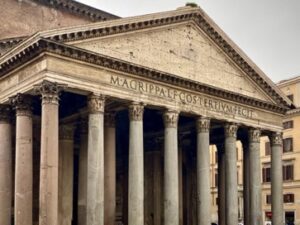
Initially, the project to renovate both the old Treasury and Prime Minister’s Office buildings faced scepticism from the public. The redevelopment of the Treasury’s facade involved the removal of certain elements, such as the taenia in the portico, resulting in unsightly features resembling sewage-like drains hanging out of the frieze facing the road.

The frieze typically serves as the most ornate and public-facing part of the facade, displaying the building’s name and character. Comparing this to iconic structures like the Pantheon in Rome or St. Peter’s Basilica in the Vatican, the renovations fall short in preserving the building’s historical significance.
While significant internal renovations were carried out to address chronic leaks and water damage due to years of mismanagement, the exterior of the building appears to have received only a fresh coat of paint. The exterior wall’s cast concrete texturing and rustication were left unchanged, and the chosen dark colours fail to highlight the architectural motifs and elements, instead concealing them.
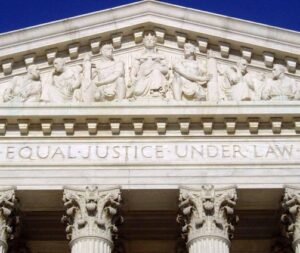 Above the entablature, a parapet runs along the roof’s edge, and an attic panel with embossed, stencilled, all-caps lettering reading “TREASURY” still appears out of place. This indicates a lack of historical awareness and an oversight of refined artistic subtleties on the part of the government, reinforcing the perception of weak institutions.
Above the entablature, a parapet runs along the roof’s edge, and an attic panel with embossed, stencilled, all-caps lettering reading “TREASURY” still appears out of place. This indicates a lack of historical awareness and an oversight of refined artistic subtleties on the part of the government, reinforcing the perception of weak institutions.
Furthermore, the building is the first sight for travellers arriving at Vuna Wharf, including tourists, making it a symbol of national identity. Unfortunately, the project broadcasts the nation’s illiteracy in matters of architecture and art, leaving visitors with a disappointing first impression. The decision to have the Crown Prince re-inaugurate the building as a masterpiece appears to have been misguided, potentially leading to humiliation for the prince himself.
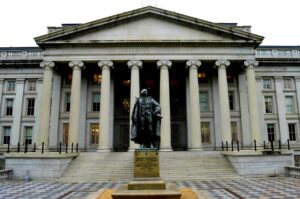 In light of these issues, questions arise regarding the allocation of public funds and the government officials involved in the project. This situation not only reflects poorly on the government’s knowledge of history but also perpetuates the well-established caricature of ineffective governance and mismanagement of public resources.
In light of these issues, questions arise regarding the allocation of public funds and the government officials involved in the project. This situation not only reflects poorly on the government’s knowledge of history but also perpetuates the well-established caricature of ineffective governance and mismanagement of public resources.



